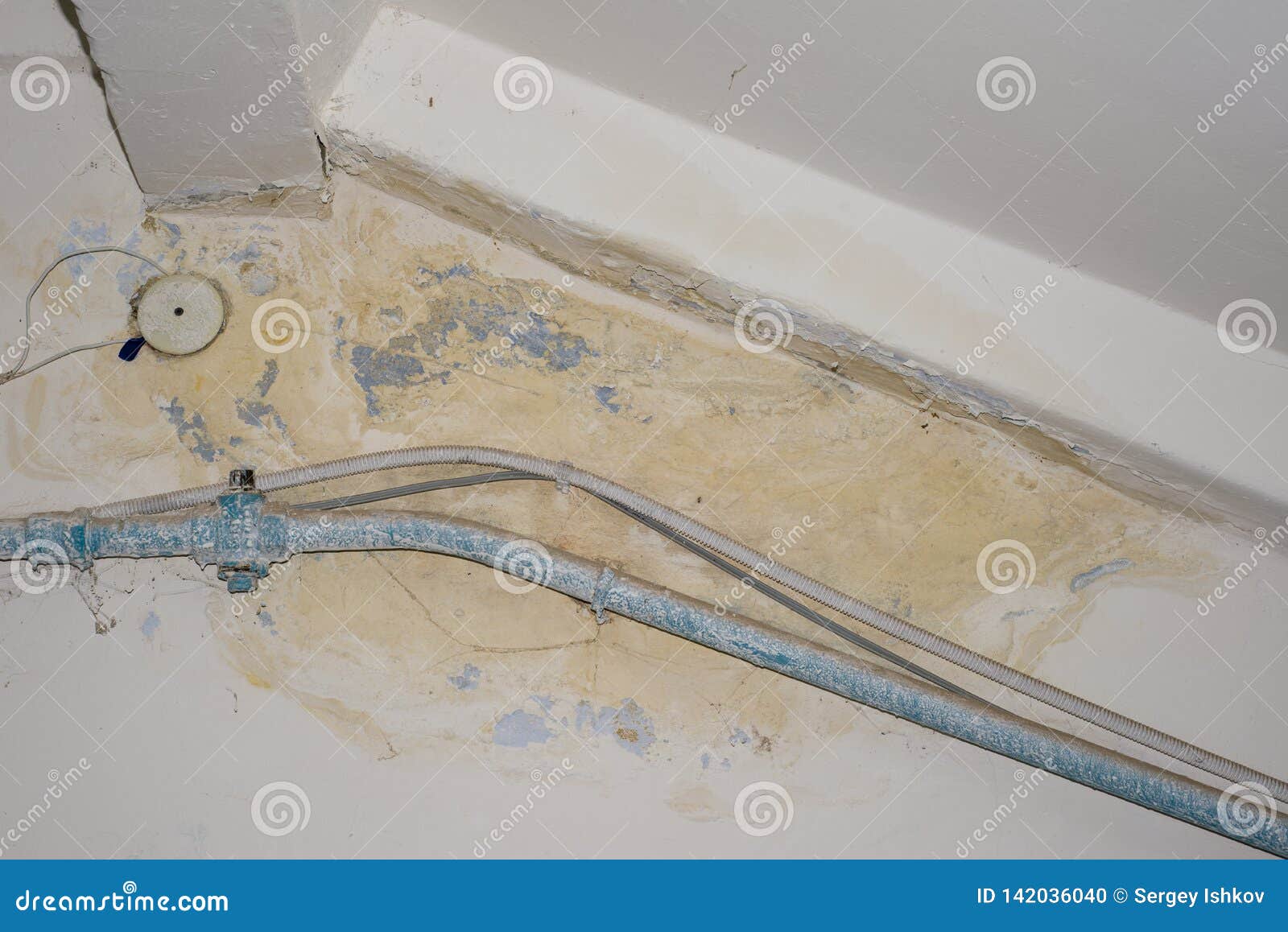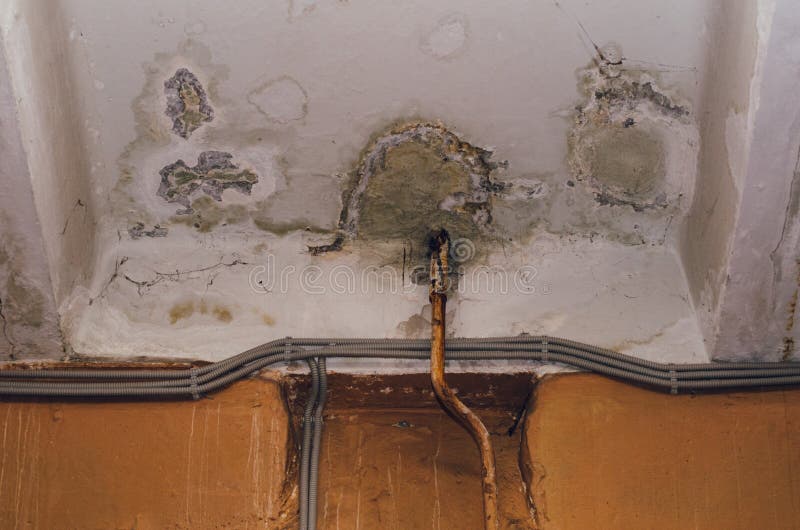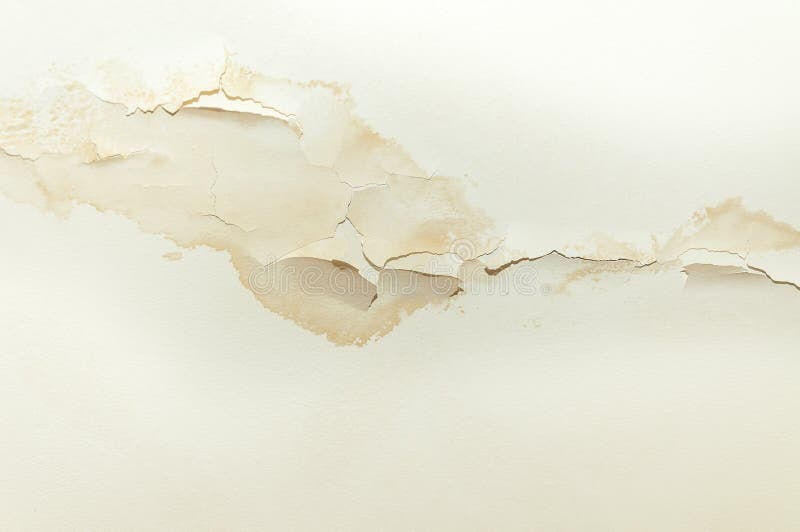

WATER SPOTS ON CEILING AFTER HEAVY RAIN PROFESSIONAL
Make the necessary repairs, or get the help of a professional roofer, HVAC professional, or plumber as needed, and you should be able to prevent future leaks-and water stains-on the ceiling.

Also, repair overflowing toilets and unclog clogged sinks or shower drains that could flood the bathroom floor with water. If coming from the upstairs bathroom, replace old caulking that may be letting moisture seep in and encouraging leaks.If it looks to be a leaky radiator, search out and fix the radiator body, valve, pipe, or bleed point (where cold air escapes from the radiator).
WATER SPOTS ON CEILING AFTER HEAVY RAIN PATCH
If you cannot patch the leak in the roof, you may need to replace it.

Southeastern Metals™ offers dozens of products to stop water damage due to problems with flashing, skylights, metal roofing and more. Heavy rainfall during temporarily warmer winter days will only make the situation worse. The water then drips into attic and onto the ceiling. Another issue is condensation that collects on pipes that vent through the attic. Attics that are not properly ventilated can allow moist, hot air to collect in the attic. This wear and tear may also lead to leaks. Over time, expansion and contraction can loosen the seams in a metal roof. Cracks in metal and corrosion around fasteners can create enough space for water to leak. Roof leaks that happen during heavy rains may indicate the end of the shingles’ life. Eventually roofing shingles will dry out and wear to the point that they can no longer keep water out. Skylights are another common leak source, often due to damaged or improperly installed flashing, gaps around the framing, or condensation dripping off a skylight that hasn’t been properly insulated. Problems with roofing shingles only increase the likelihood of leaks. Rain can fall straight into the chimney itself, around the angle flashing between the chimney and roof, or through the masonry surface. A house with a chimney is far more prone to roof leaks that one without. Something as simple as a ventilation fan duct can allow a leak to occur.

A plumbing setup can make some houses more vulnerable to leaks during heavy rains. Where there’s plumbing, you will find a vent pipe and flashing. Keep an eye out for the following problem areas to avoid the need for buckets. Because spring and early summer bring heavy, windblown downpours in the South, this season is often the one when leaks become apparent. No one wants to go running for a bucket every time it rains.


 0 kommentar(er)
0 kommentar(er)
